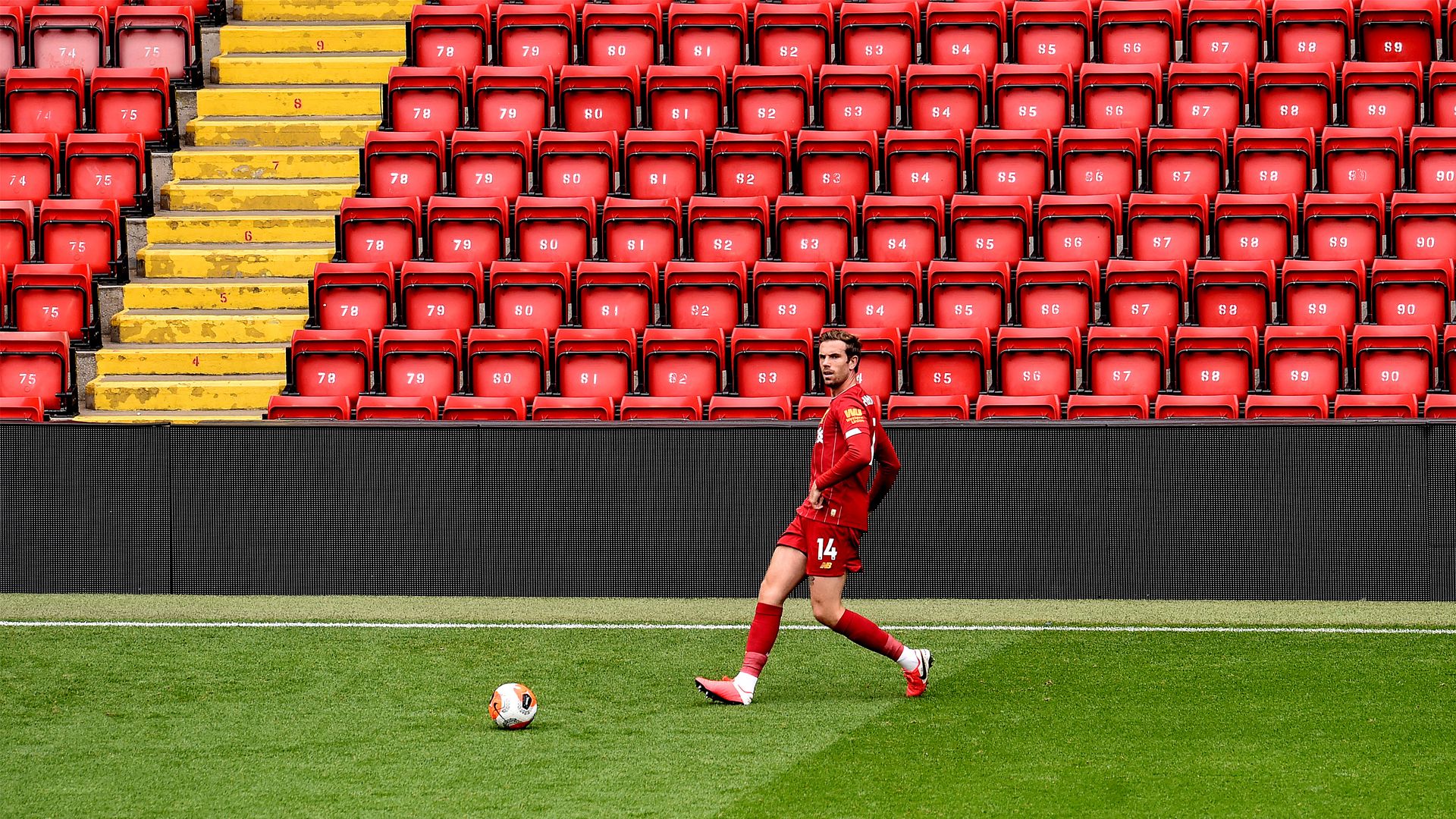At the start of this process, the match day experience and exposure risk varies across the different fan ticketing packages in terms of how fans arrive at the stadium, what they do inside the stadium and the environment they interact with.

Five steps to get football supporters back into stadiums
Mott MacDonald has teamed up with technology solutions firm Restrata to pave the way for people to return to the stands of their local club in the near future. The strategy comes after the UK Government announced that there would be no return of fans to football stadiums before 2021.
While Project Restart and its equivalents saw professional football resume across Europe in the summer, there is no chance of a return of fans to stadiums. Pilot schemes for crowd support at football matches had been held across England’s lower tiers as recently as mid-September, with the Premier League’s executive team telling the Government there was “no reason to delay the return of fans.” Measured were announced for a capped capacity of 1,000 fans to attend top-level games across England at the beginning of October, however just a week after these were declared they were shelved.
As the Government continues to struggle to get a grip on the escalating coronavirus crisis – new cases have boomed to over 20,000 per day – Ministers declared there would be no chance of spectators being allowed into grounds until 2021 at least. The ban on fans comes as a harsh blow to a huge number of England’s professional football clubs – and not only because it means broadcasters will have to continue using the insufferable synthetic crowd noise deployed to disguise the absence of supporters on television.
According to the Premier League, for each month of the season without fans, more than £100 million is lost to football across England’s leagues, with consequent damage to the local and national economy. It also harms the employment prospects of more than 100,000 people whose jobs depend on matchday activities. In order to help the sport avoid such a drastic economic and social impact, consultancy Mott MacDonald has teamed up with technology solutions firm Restrata to pave the way for people to return to the stands of their local club in the near future.
Commenting on the launch of the firms’ new five-step strategy, James Middling, Mott MacDonald’s Built Environment Sector Lead, said, “We’ve come together with Restrata to deliver truly world class Covid-19 risk management which uses first principles epidemiology and engineering interventions to measure and reduce the risks then transparently manages the remaining risk through world leading technologies.”
Identify challenges inside and outside stadiums
First, In the UK, Mott MacDonald and Restrata seek to build on the Government’s previously issued a strategy with new guidelines to reopen stadia when it is safe to do so. Many sports clubs and associations need to understand what they have to do to comply and to minimise risk. The strategy from the professional services firms looks to directly address those risks, while ensuring that safety certificates will only be issued if the requirements of local authorities, police and transport operators have been met both inside and outside the stadium.
In response to this, Mott MacDonald and Restrata believe a graduated inventory of fan behaviours and risks must be developed to model the fan journey from their home to the ground and through the stadium. This will also integrate the potential impact of Covid-19 incidence in the local community, how fans will arrive at the stadium, and the limitations these may present.
Establish a baseline compliance audit
Middling explained, “Sport is an important and much needed part of any community and the trust between the club and its fans is at the very core of the business of sport. As fans start to return to our stadia, we need to work together to openly rebuild that trust and keep each other safe whilst enjoying a great day of sport. The fans need to be patient and follow the rules and the stadium operators need to show how they are managing the risks through applying world leading methods.
To that end, where national government or sports authorities have issued guidelines, such as the SGSA planning for social distancing at sports grounds guidelines in the UK, clubs need to understand what is required to comply, where they have current compliance gaps and bottlenecks to achieving the allowable capacity in the stadium. Understanding the levels of staffing and stewarding, and cleaning protocols required to meet the guidelines is essential. Clubs also need to understand the impact of the regulations on the venue revenue and operating profits in order to make capital investment and operational decisions.
Performance-engineered solutions
Chelsea Stefanska, Global Health Security Specialist at Mott MacDonald added, “Data is empowering. To be able to objectively identify and monitor the areas of highest risk enables us to develop targeted interventions that will make a demonstrable impact on transmission risk within the stadium. Compliance with guidelines is only the first step and the bare minimum; to actually reduce risk of virus transmission among spectators and avoid an outbreak linked to a sports event, we need to understand fan behaviours as they relate to a respiratory virus and enforce practical and effective mitigation measures within and around the stadium.”
Data will help drive the strategy’s third step, which offers clubs opportunities for improved performance and outcomes through a bespoke strategy that enhances risk management beyond the guidelines. Using complex, disease-specific epidemiological evidence overlaid on the compliance audit, it is possible to see how we can meet & exceed the guidelines miss and how challenges can be approached in a different way. A targeted package of interventions to further reduce the risk of transmission is then identified with their relative risk reduction impacts.
Tailored interventions
A business case approach is used by the strategy to evaluate each intervention on the basis of risk reduction, returns/benefits and cost. This includes both physical interventions such as the supply of clean air through buildings services systems, ICT technologies to reduce the number of touch points, Covid-19 security technologies to monitor fan behaviours, and operational interventions such as stewarding, security and cleaning procedures. Effective communication and practical enforcement of interventions also needs to be considered.
Manage residual risk
Botan Osman, Restrata CEO remarked, “Now is not the time to sit on hands and await further advice from the government. Rather, we believe sports teams and clubs need to double down and prepare to influence policy by embracing a comprehensive technology led bio-security solution encompassing people and process alongside technology to tackle Covid-19. We have a clear, unequivocal message for when the ‘pause button’ on live sport is released: technology is a necessity to minimise the risk posed by this pandemic and provide a safe environment for fans.”
Having now assessed and reduced the risks through steps one to four, there remains residual Covid-19 risk to manage. Technology management systems can monitor the risk, offer proof of compliance, and provide continual feedback during use on how the interventions are performing and what further adjustments are required in the future.
Osman: “With a data-driven approach to monitoring spectator behaviours after implementation of interventions, clubs can fine-tune their risk reduction strategies to demonstrate to fans and authorities a commitment to protecting the wellbeing of their fans.”
© The Fan Experience Company 2020
